June 20, 2025 | 11:43 GMT +7
June 20, 2025 | 11:43 GMT +7
Hotline: 0913.378.918
June 20, 2025 | 11:43 GMT +7
Hotline: 0913.378.918
In 2023, Vietnam's tea exports reached 121.000 tons, generating foreign exchange worth 211 million USD. However, according to the General Department of Customs, this was the lowest export volume in the past seven years. Moreover, the export price of Vietnamese tea last year was only 67% of the global average export price.
Selling tea at low prices not only diminishes its economic value but also hinders the industry’s ability to penetrate premium markets. To escape the "cheap price trap", Vietnam's tea industry needs a long-term, integrated strategy that focuses on production, processing and market access.
According to the Ministry of Agriculture and Rural Development, two main factors contribute to this situation: increasingly stringent regulations in international markets and the fact that Vietnam's tea is still primarily exported in raw form, with low levels of deep processing.
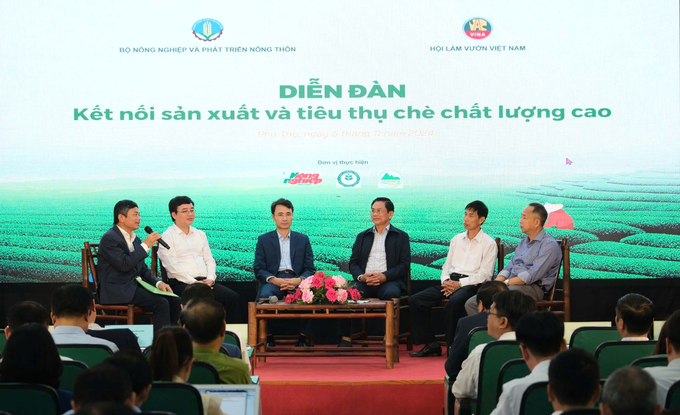
The forum "Connecting the production and consumption of high-quality tea" recently took place at the Northern Mountainous Agriculture and Forestry Science and Technology Institute (NOMAFSI) in Phu Ho Commune, Phu Tho Town, Phu Tho Province.
One of the primary reasons for the low export price of Vietnamese tea is that a large portion of the tea products are still being exported in their raw form, with little added value. Additionally, Vietnam has been labeled as a "cheap market", which contributes to the perception that its tea products are of lower commercial value. Furthermore, strict technical barriers such as food safety standards and high-quality requirements from demanding markets make it challenging for Vietnamese tea to access premium segments.
Mr. Hoang Vinh Long, Chairman of the Vietnam Tea Association, stated that the international community currently views Vietnam as a low-cost market, and many buyers come to Vietnam with the goal of making profits from its tea at lower prices. On the other hand, domestic tea producers and exporters often adopt a mindset of "easy to buy, easy to sell", focusing simply on producing and selling tea without prioritizing quality improvement or branding. This has led the country to fall into the "cheap price trap" in the global tea market.
Mr. Doan Anh Tuan, Director of The New Generation Company, shared his concerns that, despite being the largest tea exporter in Vietnam, his company feels as though it is "selling labor and the country's resources at a very low price".

Vietnam needs to continue researching and applying new tea varieties.
Vietnam currently possesses more than 300 tea varieties, many of which are of good quality, such as Huong Bac Son and Tri 5.0. However, in order to compete in the international market, it is essential to continue researching and applying new tea varieties that meet the evolving demands of the market.
According to Mr. Tuan, rather than continuing to focus primarily on exporting raw tea, the tea industry must pivot towards deeper processing to create specialized products, such as tea bags, flavored teas, or premium teas. This approach has proven to be successful for many large companies. "We are actively reducing the volume of raw tea exports and are instead investing in modern technology to enhance the added value of our products. Only by doing so can the tea industry grow sustainably and compete more effectively in the global market", Mr. Doan Anh Tuan emphasized.
Supporting this view, Associate Professor Nguyen Van Toan, the former Director of the Northern Mountainous Agriculture and Forestry Science and Technology Institute, also believes that in order for Vietnamese tea to become more competitive, it is crucial to focus on developing high-quality tea varieties that are integrated with modern production processes and that adhere to international standards.
Marketing and brand development are essential components for enhancing the status of Vietnamese tea on the global stage. By taking inspiration from the success of renowned tea brands such as Da Hong Bao from China, Vietnamese tea needs to create a unique narrative that connects the product with the rich cultural and historical heritage of the country because this strategy will help build a distinctive identity for Vietnamese tea.
For instance, West Lake Lotus Tea and Ta Xua Tea have the potential to become iconic cultural symbols, but this will only be possible with effective marketing and promotion. Mr. Tuan expressed, "We have the potential to elevate Vietnamese tea to the level of a 'national treasure,' but this requires strong support from the government, particularly in terms of product promotion and branding efforts".
In order to achieve this, a robust and sustainable connection between farmers and businesses is vital. Rather than relying on fragmented, small-scale production, it is essential for farmers to join cooperatives, which would allow for the pooling of resources and the adoption of modern, advanced farming techniques that can improve the quality and quantity of the tea produced.
Businesses play a crucial role in leading this transformation by guiding and assisting farmers in adopting new technologies and helping them access broader markets. Additionally, government policies that support land consolidation, reduce agricultural taxes, and provide incentives for businesses to invest in the tea sector are fundamental. Such policies would help to enhance the tea value chain, encouraging sustainable development.
Moreover, the Vietnamese tea industry must firmly establish its goal of shifting focus towards high-end markets, including the European Union, the United States, and Japan. In order to succeed in this transition, it is crucial to ensure that the products meet international standards such as VietGAP and GlobalGAP. This is not just a recommendation but an absolute necessity to remain competitive in these demanding markets.
The Vietnamese tea industry is currently facing substantial challenges; however, it also has considerable opportunities for growth and innovation. By enhancing the added value of its tea products, developing a strong and recognizable brand, and establishing effective value chain linkages, Vietnam has the potential to transform its tea sector into both a cultural and economic symbol. This would not only elevate its global standing but also establish Vietnam as a leader in the global tea market.
Escaping the "cheap price trap" is not only an economic issue but also a matter of affirming the value of the Vietnamese tea brand, which can become a source of national pride in the eyes of international partners.
Translated by Phuong Linh
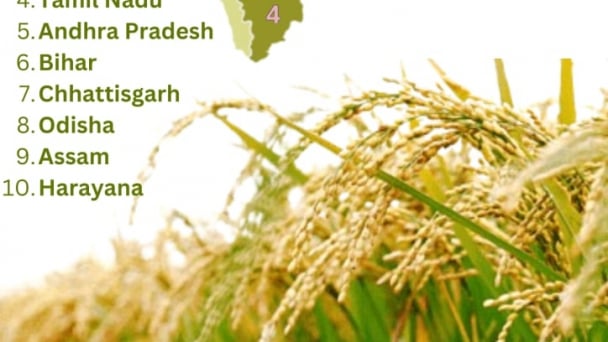
(VAN) Last week, the U.S. Department of Agriculture (USDA) released its June World Agricultural Supply and Demand Estimates (WASDE), raising projections for both Indian rice production and U.S. rice imports for the 2025/2026 marketing year.
/2025/06/17/2344-1-131758_261.jpg)
(VAN) Amid tariff risks and growing trade barriers in the U.S. market, Australia is emerging as a promising destination to sustain the growth momentum of Vietnam's shrimp exports.
/2025/06/17/2013-1-nongnghiep-112009.jpg)
(VAN) This notable growth trend reflects the global taste for fresh, nutritious fruits and the expanding use of lychees across various sectors.
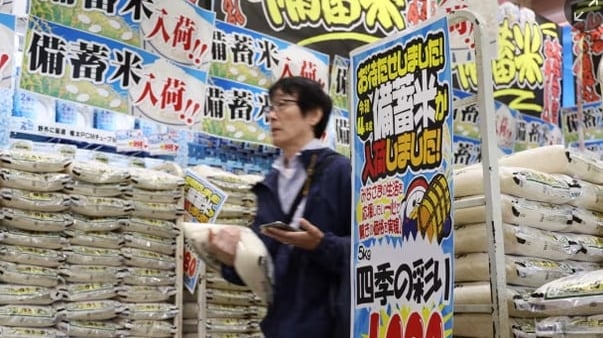
(VAN) The political and cultural insulation of Japan’s beloved grain is falling apart, and experts warn the country’s relationship with the staple will have to adapt.
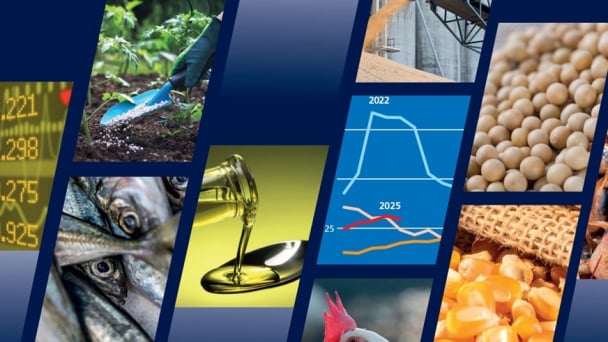
(VAN) Noting risks, report examines impacts of avian influenza, changing trade patterns since 2022, fish fraud, and shipping industry’s net-zero goals.
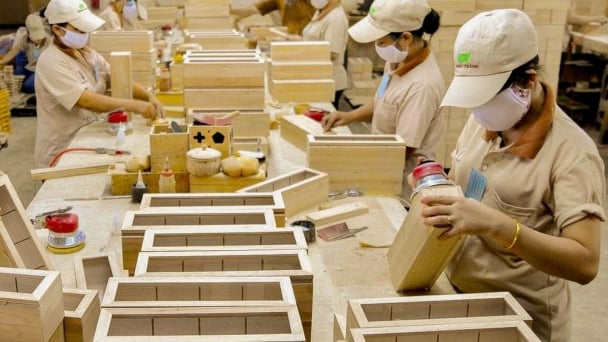
(VAN) Mr. Tran Quang Bao, General Director of the Forestry and Forest Protection Department, met and worked with the International Wood Products Association to promote cooperation in the field of timber trade.

(VAN) China's outbound shipments of rare earths in May jumped 23% on the month to their highest in a year, though Beijing's export curbs on some of the critical minerals halted some overseas sales.